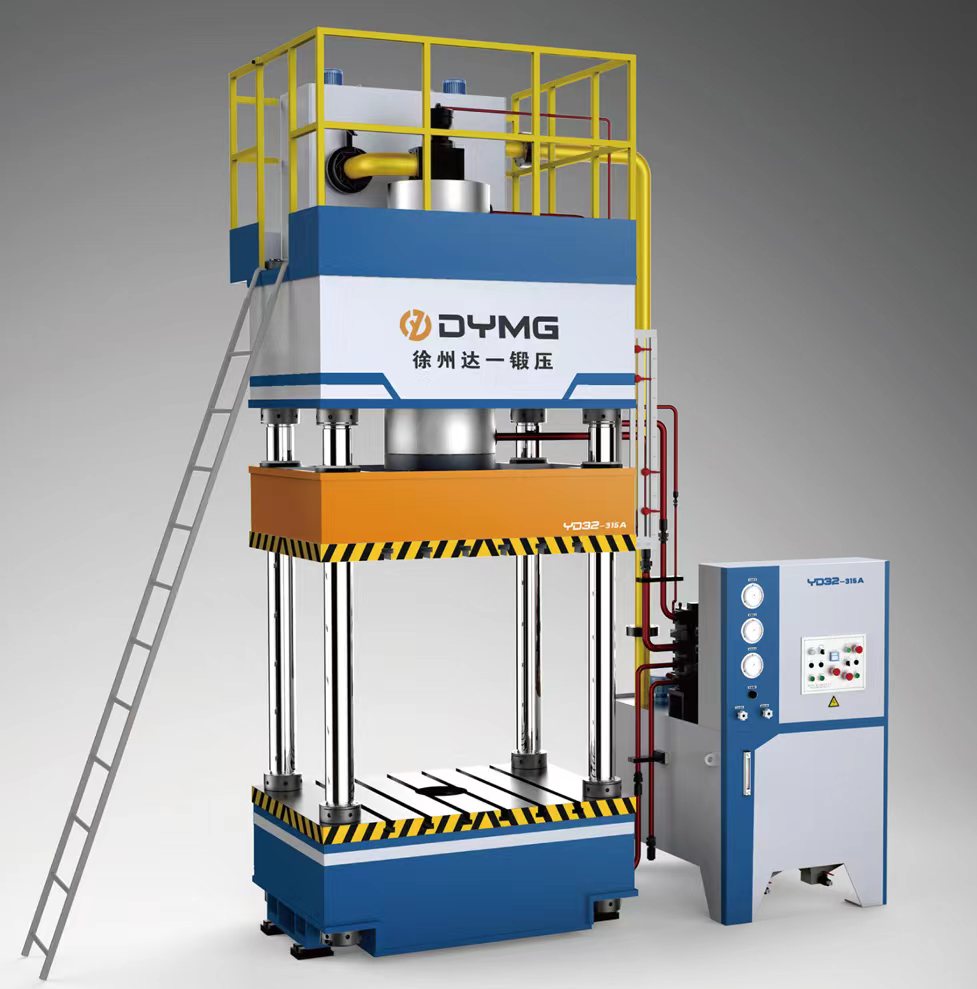DAYI Heavy forging technlogoy' YD-F serieshydraulic presses are widely used in the production of Sheet Moulding Compound (SMC), such as the composite material made of a mixture of resin and reinforcement fibers. The use of hydraulic presses in the compression of SMC allows for the production of high-quality, consistent parts with precise dimensional accuracy.

The compression process for SMC involves placing the mixture of resin and reinforcement fibers into a mold, which is then closed by the hydraulic press. The high-pressure fluid from the press exerts force on the material, causing it to flow and fill the mold. The material is then cured under pressure, resulting in a solid part.
Hydraulic presses used for SMC compression come in various sizes and capacities, and can be designed for specific applications or production requirements. Some common hydraulic presses used for SMC compression include:
1. Four-Column Hydraulic Presses: These hydraulic presses are equipped with four columns, two on each side of the mold, that support the press platen. They are ideal for larger, heavier molds and offer a higher degree of stability compared to other types of hydraulic presses.
2. C-Frame Hydraulic Presses: These hydraulic presses feature a C-shaped frame that supports the press platen, and are well-suited for smaller molds and lighter duty applications.
3. High-Speed Hydraulic Presses. These hydraulic presses are designed for high-speed production and are equipped with advanced control systems that allow for quick and accurate pressure adjustments. They are ideal for applications where high-volume production is required.
Regardless of the type of hydraulic press used, it is important to ensure that the press is properly maintained to ensure consistent and reliable performance. Regular maintenance should include checks of the hydraulic system for leaks, the wear and tear of moving parts, and the accuracy of pressure readings.
Contact: Mr. Alexander King
Phone: +86 17621575373
Tel: +86 17621575373
Email: alexander@dayiforgingtech.cn
Whatsapp:+86 17621575373
Add: Room 1-124, Changkai Building, Gulou District, Xuzhou City, Jiangsu Province, China
We chat
